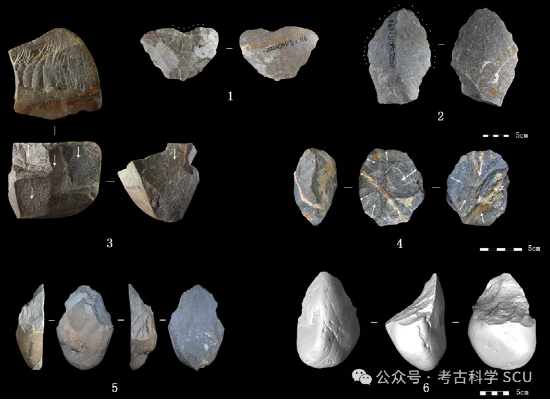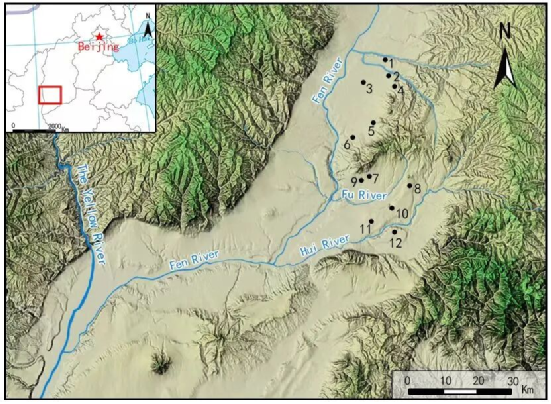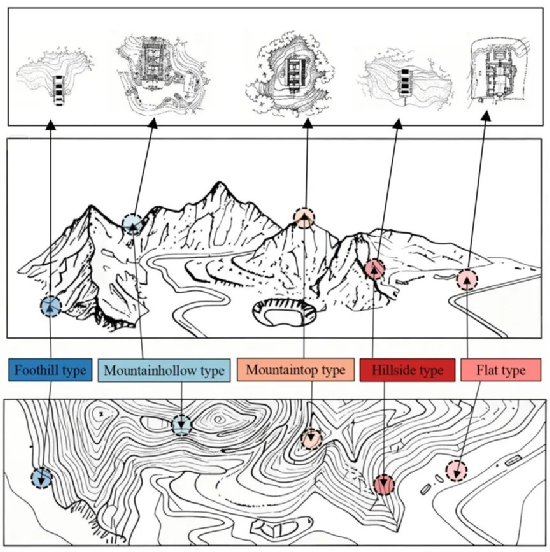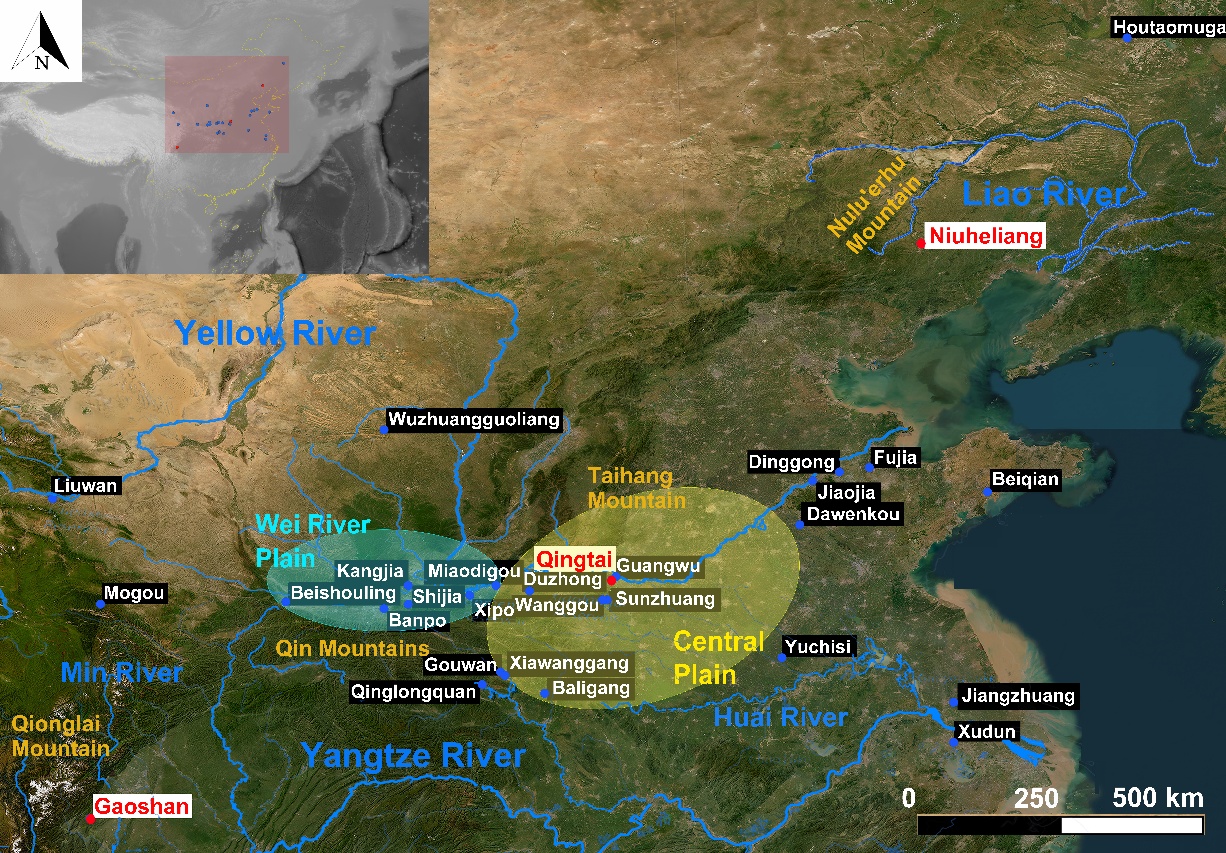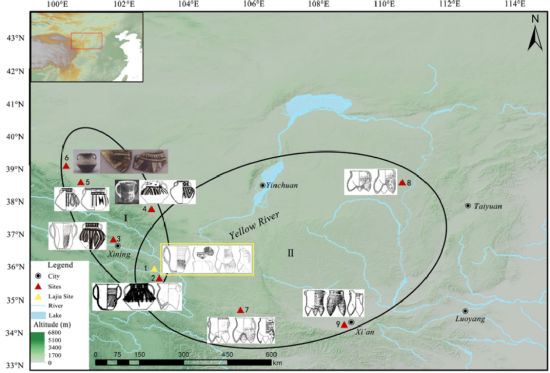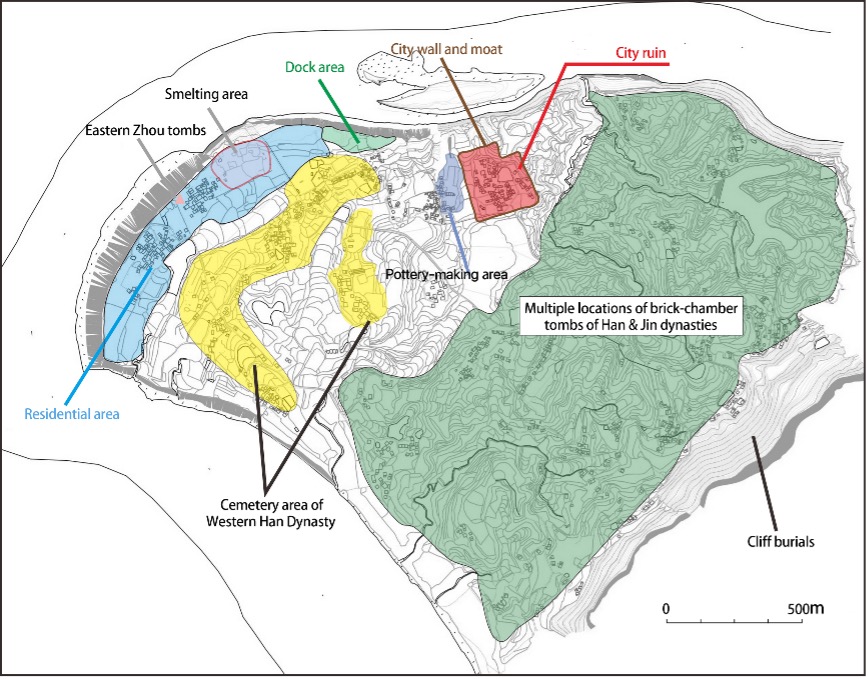
Archaeol. Res. Asia | Valuing animal use in the agropastoral societies of the Late Neolithic and Early Bronze Ages in north China
Recently, Associate Professor Shi Tao from the Center for Archaeological Sciences, Sichuan University published a research article titled "Valuing animal use in the agropastoral societies of the Late Neolithic and Early Bronze Ages in north China" in the renowned international archaeological journal *Archaeological Research in Asia*. Based on a contextual analysis of animal remains from the Lon...

